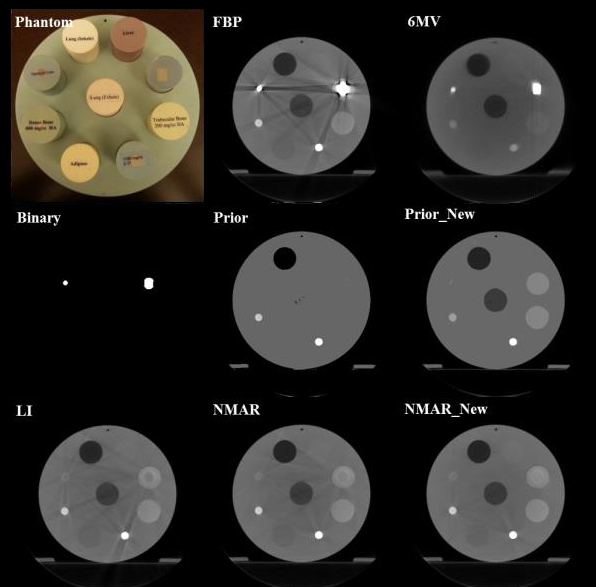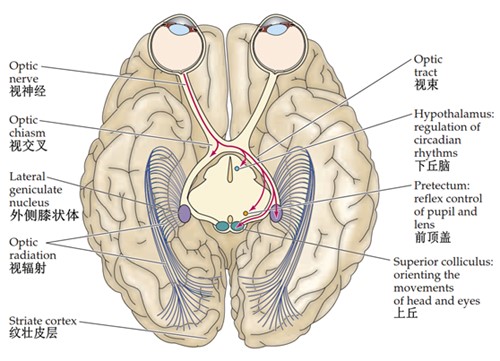Dr. Xuanqin Mou received his Bachelor’s degree, Master’s degree, and PhD from Xi’an Jiaotong University in 1984, 1987, and 2004, respectively. Since 1987, he has been a faculty member in Xi'an Jiaotong University and promoted to the rank of Full Professor in 2002. Currently, he is the Director of the National Data Broadcasting Engineering and Technology Research Center, and the Director of the Institute of Image Processing and Pattern Recognition. He served for the 12th Expert Evaluation Committee for the National Natural Science Foundation of China, and the 5th-7th Executive Committees of the China Society of Image and Graphics. His interests include x-ray medical imaging, CT reconstruction, observer model, perceptual quality assessment, and video coding. He has published >200 peer-reviewed journal and conference papers, and >10 Chinese patents as principle investigator. He received a Second-class Award for Invention by the Ministry of Education of China as principle investigator, and several individual awards. He has supervised more than 100 master and doctoral students who are successful in their academic and industrial careers. As the PI, he has received 16 governmental funds and 20 industrial funds with the total amount of 20M in the Chinese dollar.
Medical Imaging
In this area we mainly focuses on fundamental problems in X-ray imaging, including imaging physics, CT reconstruction algorithms including analytical and iterative CT reconstructions, low-dose CT reconstruction, CT artifacts correction including scatter artifacts, metal artifacts and beam hardening, multi-energetic CT imaging, breast tomosynthesis and mammography. Meanwhile we also explore some novel imaging techniques and system development, develop GPU based high performance computation techniques, and investigate X-ray CT based clinical & pre-clinical applications.


Image/Video Quality Assessment
In this area we mainly explore algorithmic models for image/video quality assessment (IQA/VQA) by considering the properties of neurons in different visual processing stages of human vision system (HVS), especially the neurons in the earliest stage, i.e., the ganglion cells (GC) and the lateral geniculate nucleus (LGN) that respond to external stimulus with a center-surrounded response. Along this direction, we have proposed a series of simple but very efficient IQA/VQA models, among which some are influential in academic area. In addition, we also develop various IQA/VQA databases and explore multiple perceptual quality metric based applications, such as CT reconstruction and image restoration.


Video Coding Based on Perception
In this area we mainly focus on the issue of perceptual quality inspired video coding optimization. Specially, we are investigating block level based optimal bit allocation that is an important but still unsolved problem. We have found that coding performance can benefit a lot from a scheme that forces all blocks under coding in a frame to have a consistent perceptual distortion level. On this basis we are investigating to propose high efficient video coding algorithms for H.265 and H.264, as well as their GPU based implementation. Meanwhile, we are also developing a large-scale video coding oriented VQA database that will be used for benchmarking various coding schemes.











 (创新港)
(创新港)


